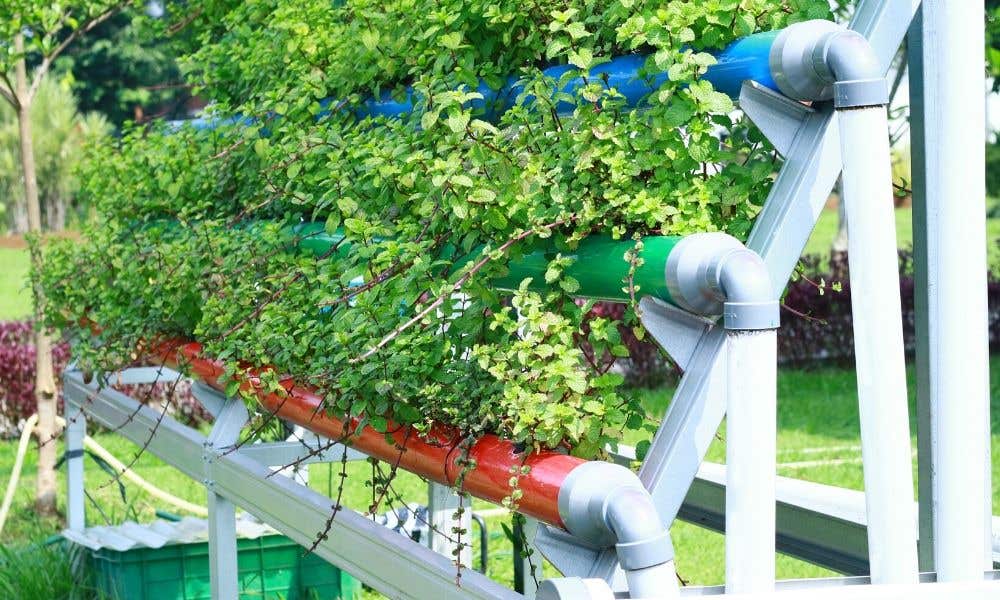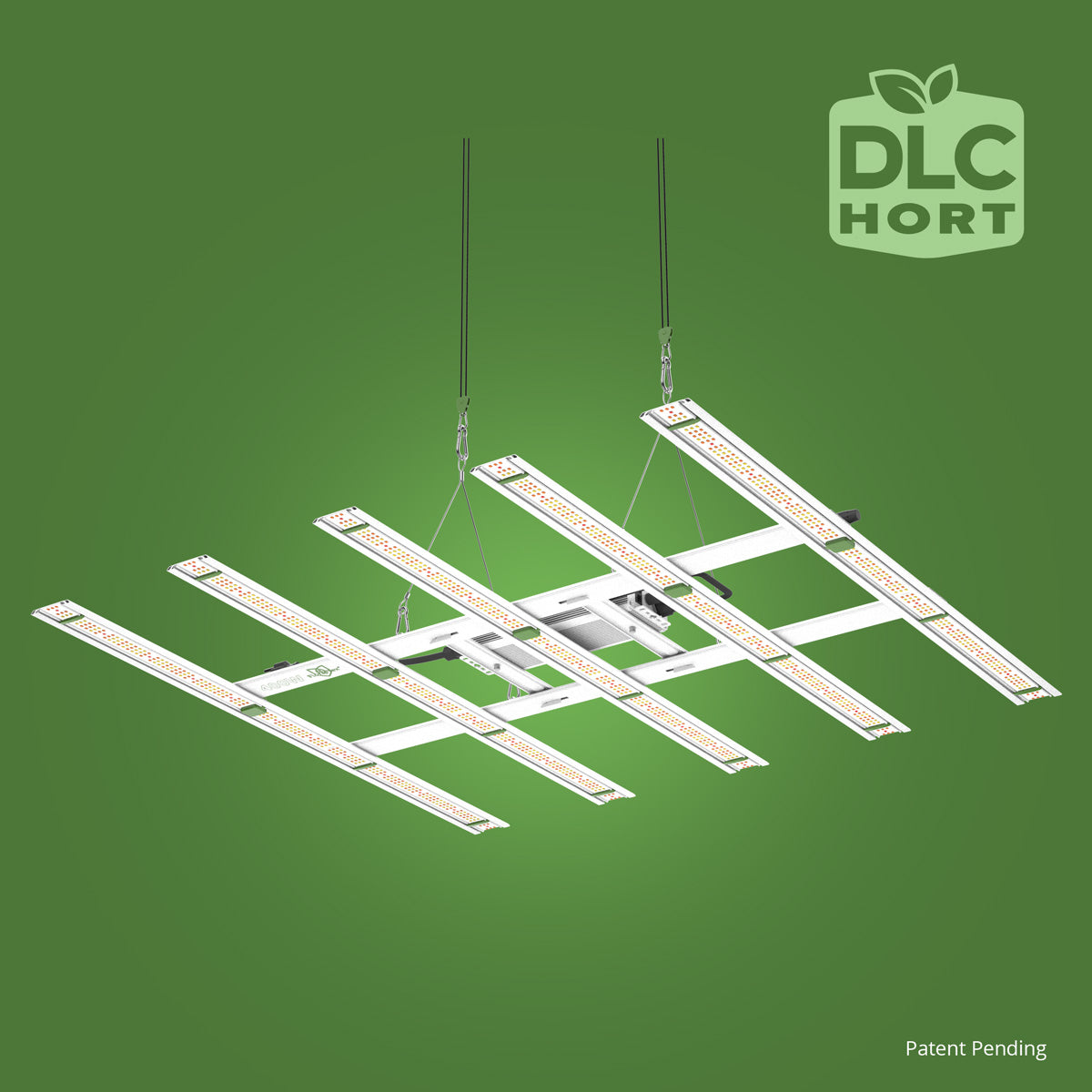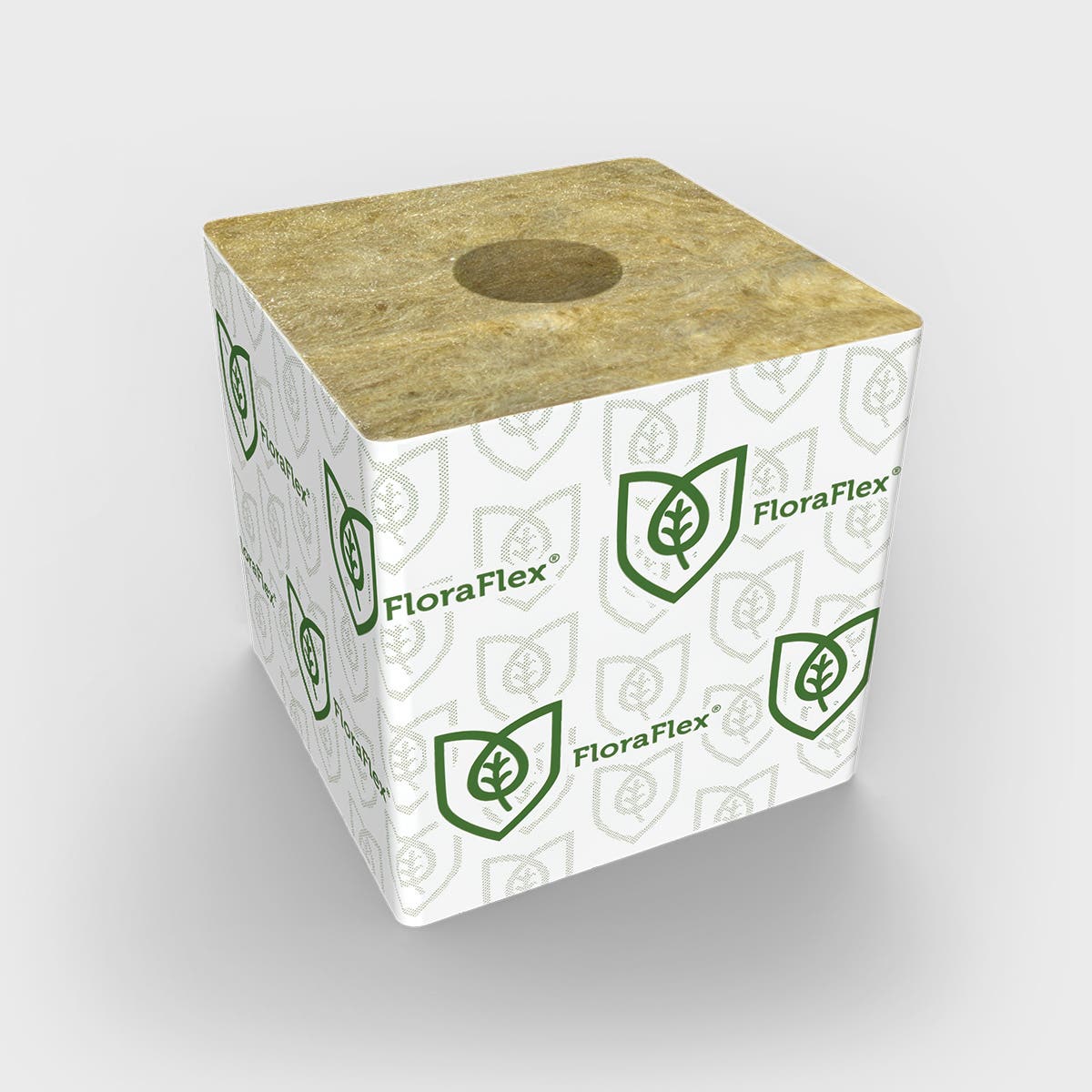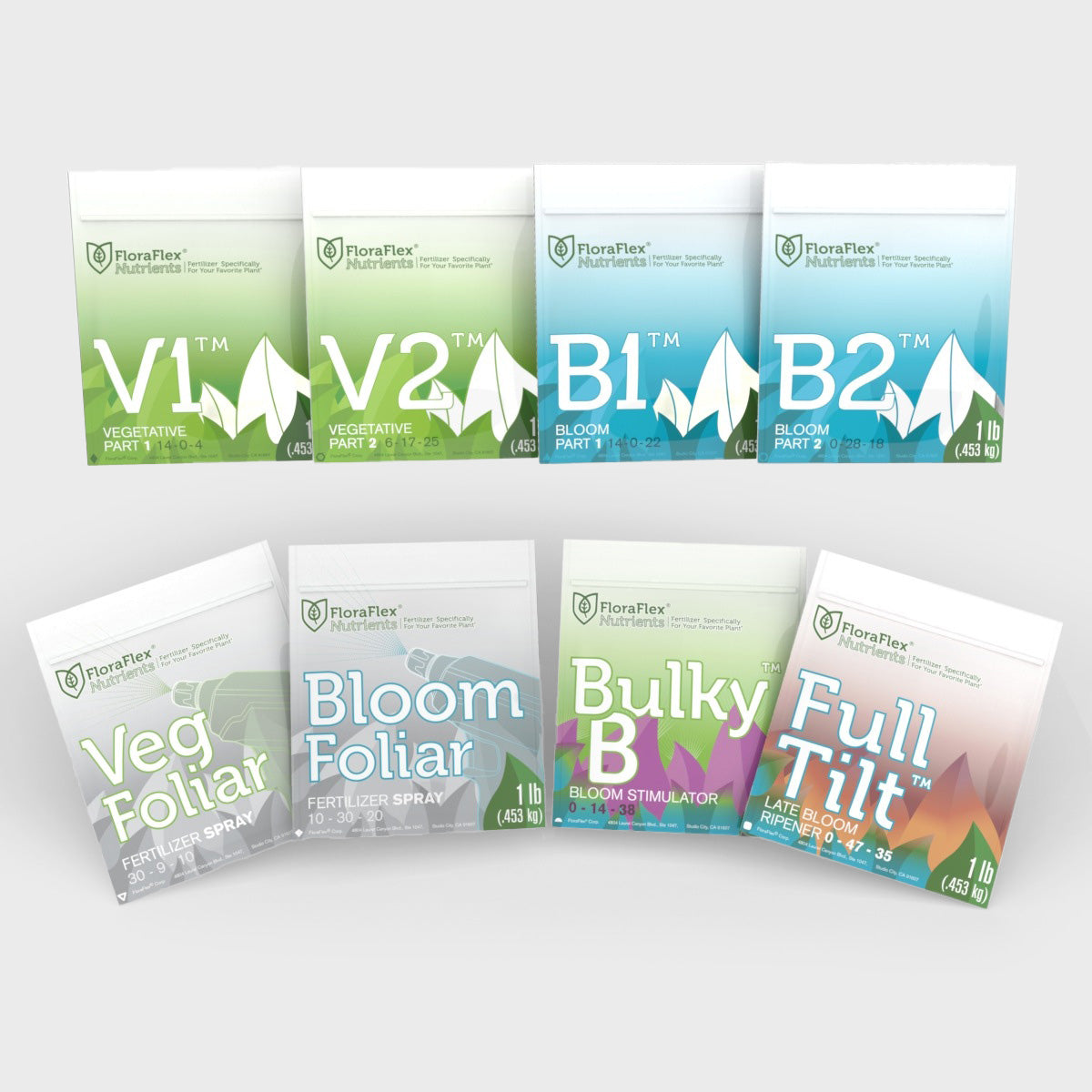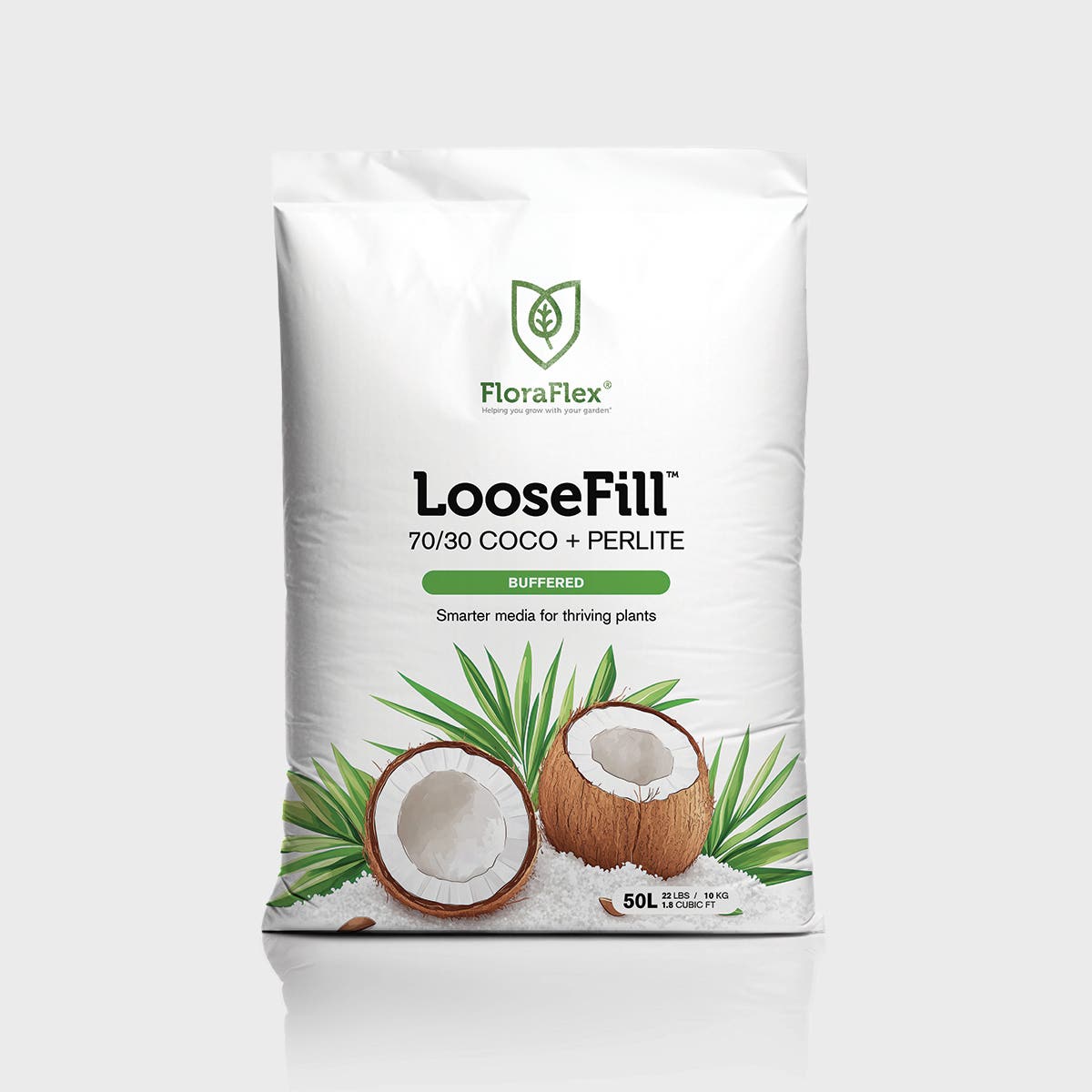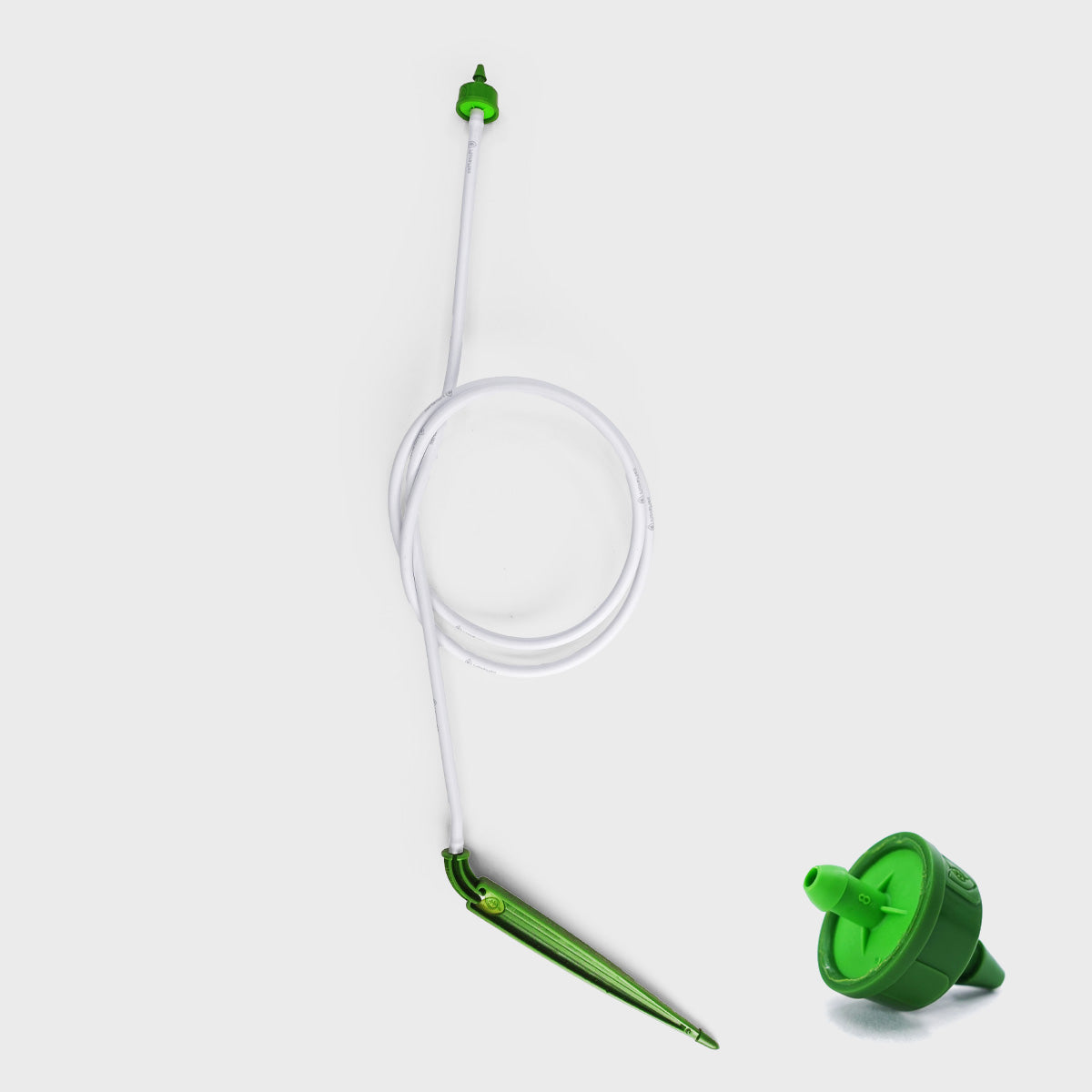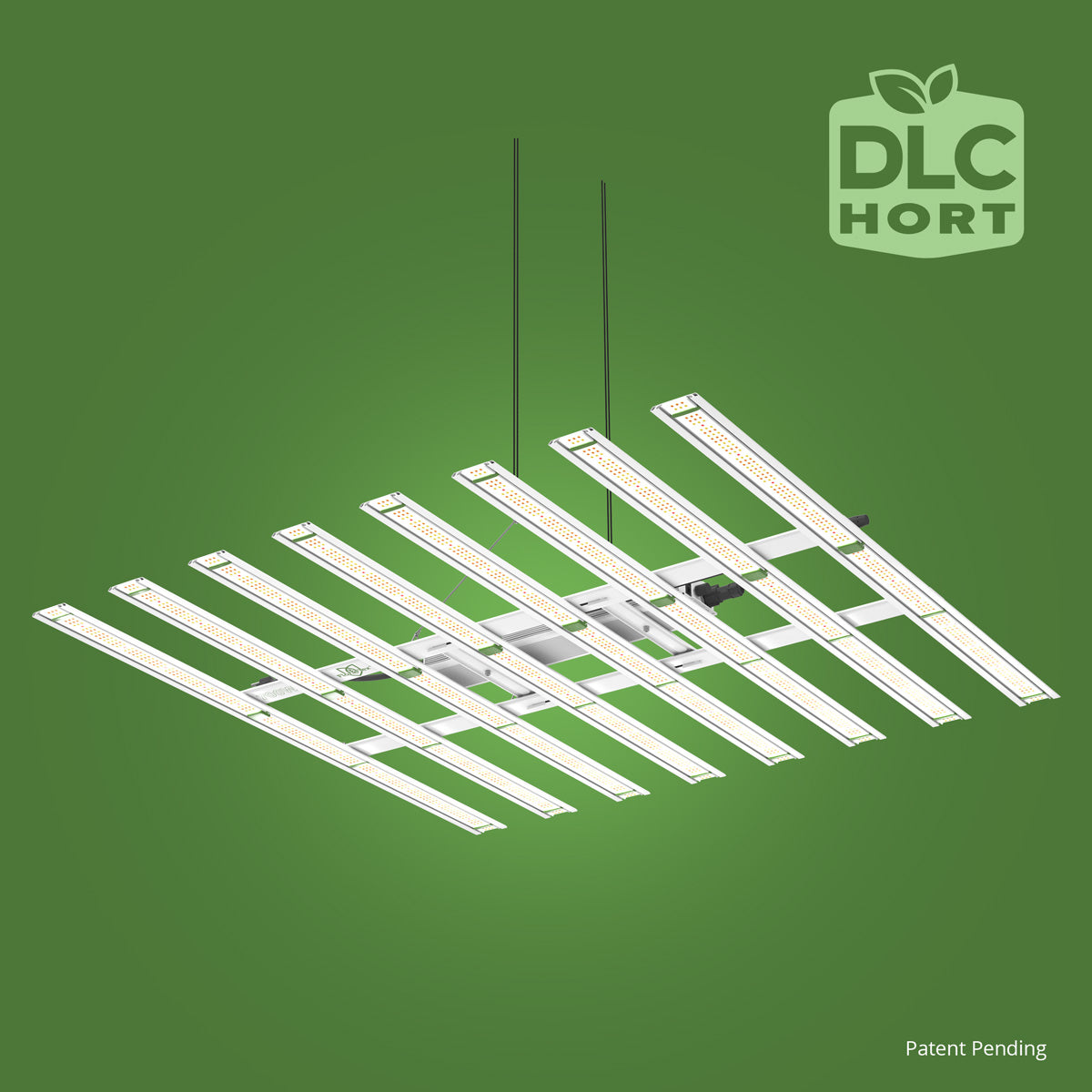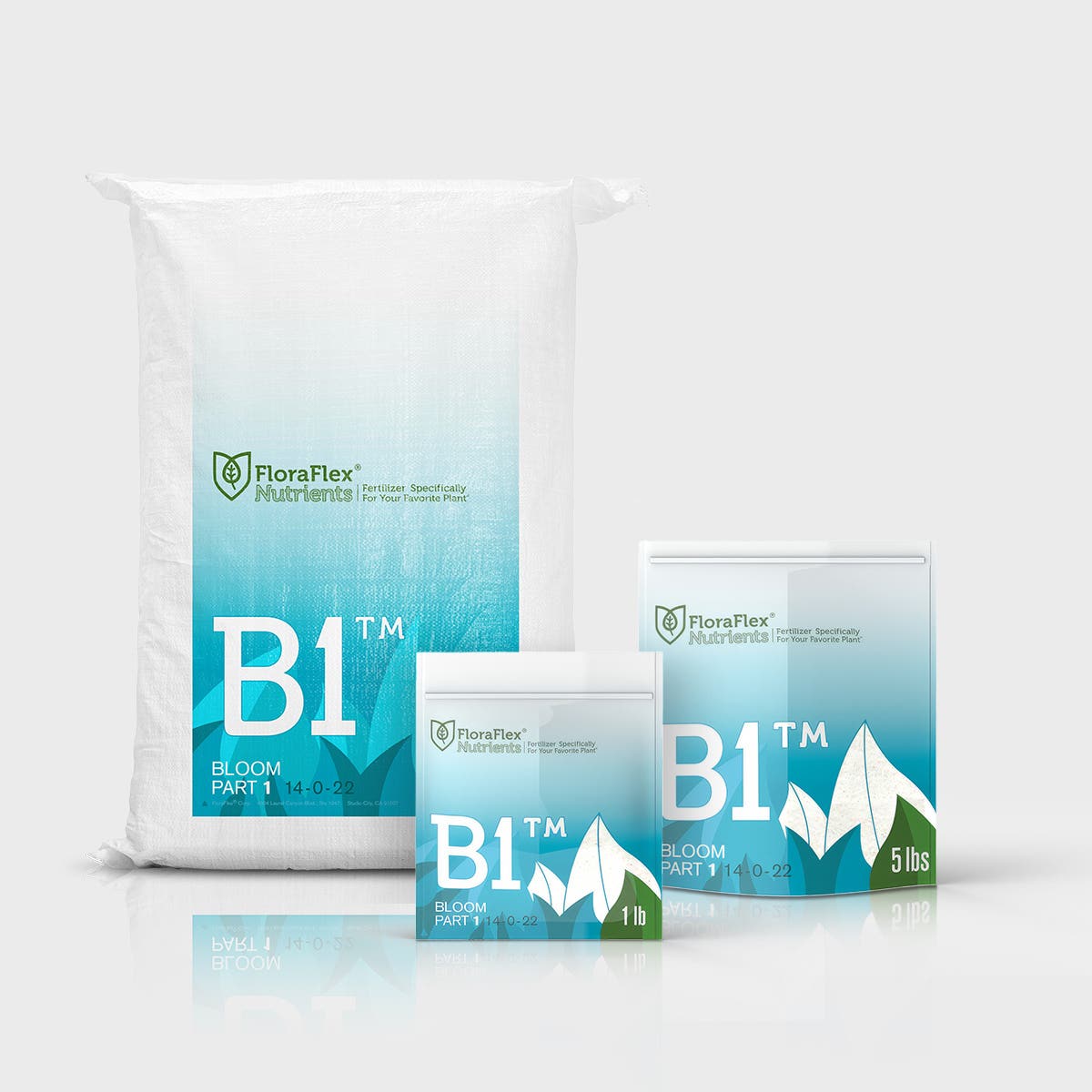Have you ever wondered how people accomplish gardening without soil? Well, that’s where hydroponics come into play. In Latin, the word means “working water,” and the water works to provide not just hydration to the plant life, but nutrients and oxygen as well. It’s a sustainable choice that many different species can flourish under. If you’re interested in this practice, you can learn more below in our guide, which answers the question, how do hydroponic systems work?
What is Hydroponics?
As we mentioned, hydroponics is a method of growing plants in a water-based solution. This growing method does not use soil; rather, the root system of the plant is supported when it’s planted in an inert growing media. Typical examples include perlite, rockwool, clay pellets, and peat moss. These mediums allow the plant roots to come in direct contact with the nutrient solution in addition to having access to oxygen. The plant’s root system doesn’t have to exert any energy to sustain itself—the water and the nutrients are right there for direct access.
Because of this, the energy the roots would spend to find food and water is redirected to maturing the plant. Leaf growth flourishes, fruits and flowers blossom quicker, and about 90 percent less water is used than in traditional agriculture.
Here’s a bit more of the science. Plants sustain themselves through photosynthesis (that term you learned in middle school). The plants capture sunlight with chlorophyll and then use that energy to split water molecules they absorbed into their root system. Those hydrogen molecules combine with carbon dioxide to create carbohydrates (that’s the plant’s nourishment).
Well, for a long time, people thought that plants needed soil to photosynthesize. However, in reality, they only needed the soil to supply them with water and nutrients. Therefore, when nutrients are dissolved into water, they can be applied directly to the root system. Direct exposure is better than indirect, especially when it comes to plant growth.
How Hydroponic Systems Work
There are various hydroponic systems people can use to fit their growing needs. Either way, the general way hydroponic systems work is by allowing specific control over the environmental conditions the plant is under. The systems control temperature, pH balance, exposure to nutrients and water, and more. The principle these systems lie under is that they’ll provide plants exactly what they need, when they need it—nothing more, nothing less. Gone are the days of over- or under-watering; it’s a highly customizable and controlled environment, where people can see exactly what they’re giving to the plants.
Hydroponics is unique in the fact that there are multiple techniques you can use to get the nutrient solution to your plants. Here are the six main types of hydroponic systems—in a future blog, we will discuss how these systems work.
- Deepwater Culture Systems
- Wick Systems
- Nutrient Film Technique Systems
- Ebb & Flow Systems
- Drip Systems
- Aeroponics
When you shop with FloraFlex, you’ll get access to great products at even better prices. We offer hydroponic supplies for all those interested in sustainable growth at a quicker rate. If you want a better garden and a better environment for your plant life, then shop with us—you’ll save time, money, and water.

